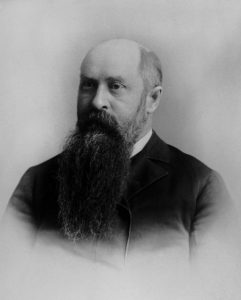The Native American boarding school program, more commonly referred to as American Indian Boarding Schools, was a program meant to erase the native American culture from the land. The program coerced Native American families into sending their children to these boarding schools, which were meant to assimilate the children into white American culture. Some of the older kids there did fight back and then were physically punished by being beaten 1. The younger kids who were brought to the schools were never able to be assimilated into the culture their parents were part of, resulting in their returned being outsiders to their own families.
Rules for the Indian School Service / Office of Indian Affairs
240. Instruction shall be given in music at all schools. Singing shall be a part of the exereises of each school session, and, whenever practicable, instruction in instrumental musie may be given. The formation of school bands should also be encouraged. – Office of Indian Affairs
The important thing to pay attention to in this quote is the erasure of Native American’s own musical traditions. This is very intentional, and we can see it in the quote. Saying “Instructions shall be given in music” and not specifying any particular style of music, therefore implying a Western music style.
There is, too, a vocal department, which includes the classwork and singing exercises, where all are taught the rudiments of music. – Carlisle Indian Industrial School
We can also see this pattern of assuming Western music is the only form of music which is worth teaching in another school’s records. Showing that the Native American children need to be tough music and identify their traditional music as worthless. This careful framing of the education allows the colonizers to morally push away any doubt they had because they see the people they are “educating” as primitive and none of their wisdom as useful.
Bibliography:
Carlisle Indian Industrial School. 1913. Catalogue and Synopsis of Courses, United States Indian School, Carlisle, Pennsylvania. Carlisle: Carlisle Indian Press. https://www.aihc.amdigital.co.uk/Documents/SearchDetails/Ayer_389_C2_C2_1915#.
Office of Indian Affairs. 1898. Rules for the Indian School Service / Office of Indian Affairs. Washington, D.C., United States: Government Printing Office. https://www.aihc.amdigital.co.uk/Documents/SearchDetails/Ayer_386_U5_1898?searchText=Music&showSearchMessage=False&performingNewSearch=True#.
1Parker, E. S. (1846). Ely Samuel Parker scrapbooks: Vol 8 (p. 4). https://www.aihc.amdigital.co.uk/Documents/SearchDetails/Ayer_Modern_MS_Parker_VL08#.

